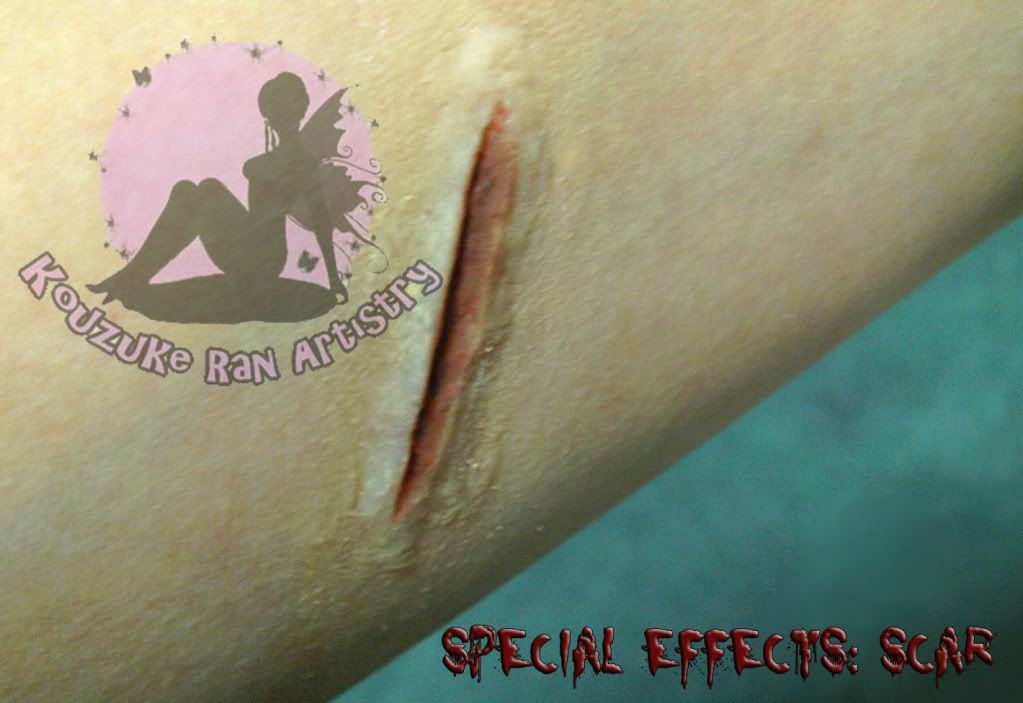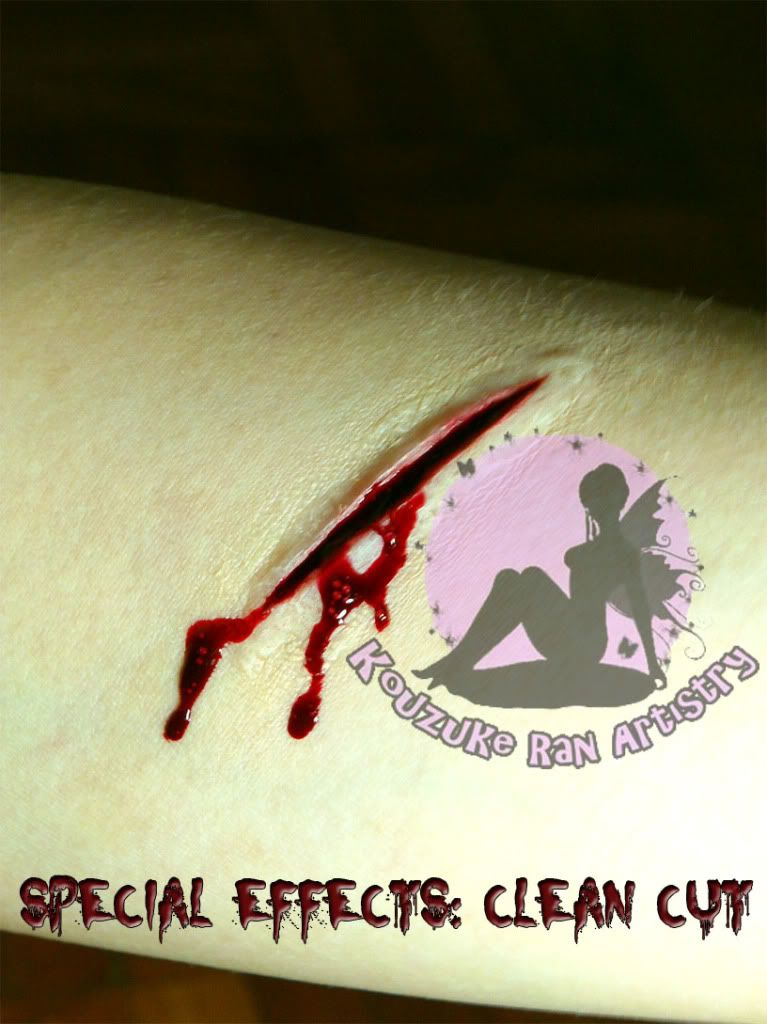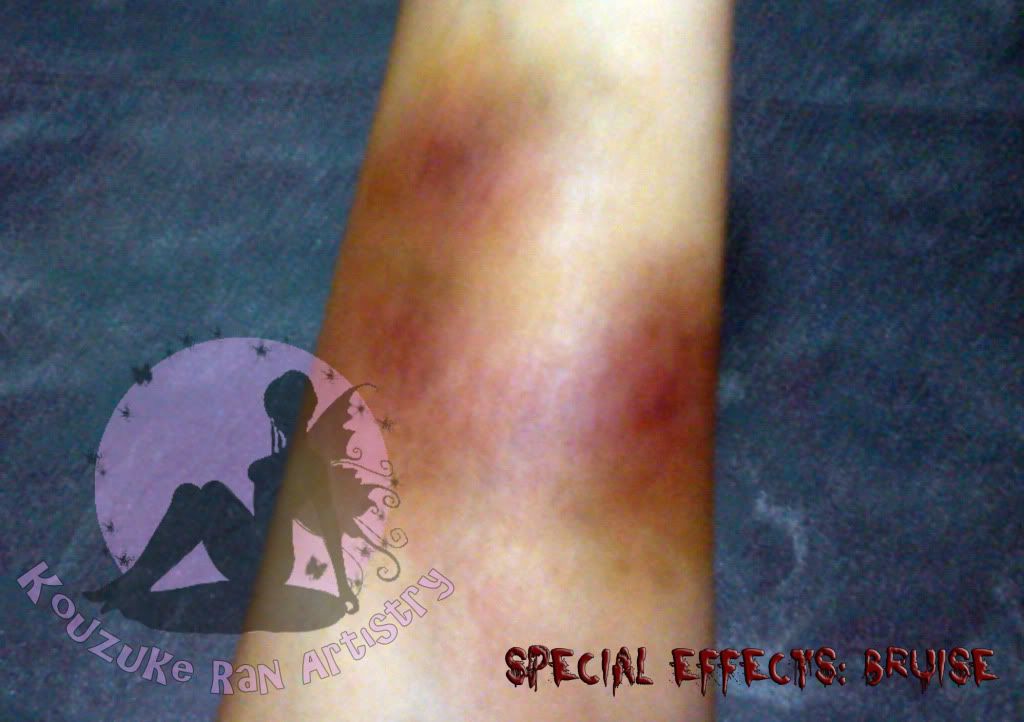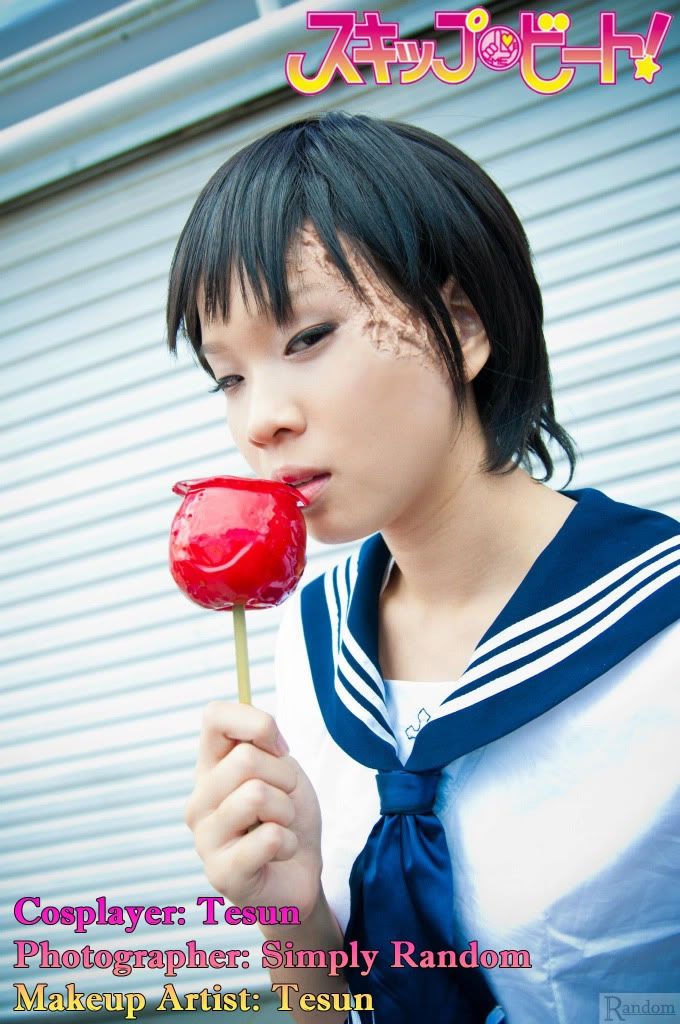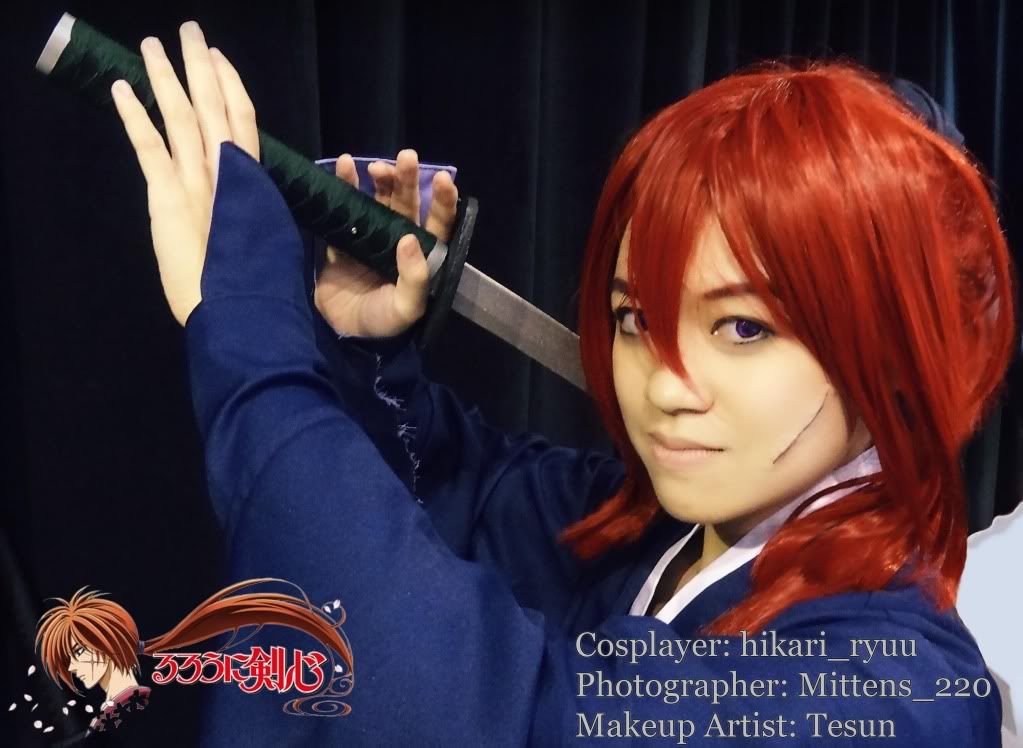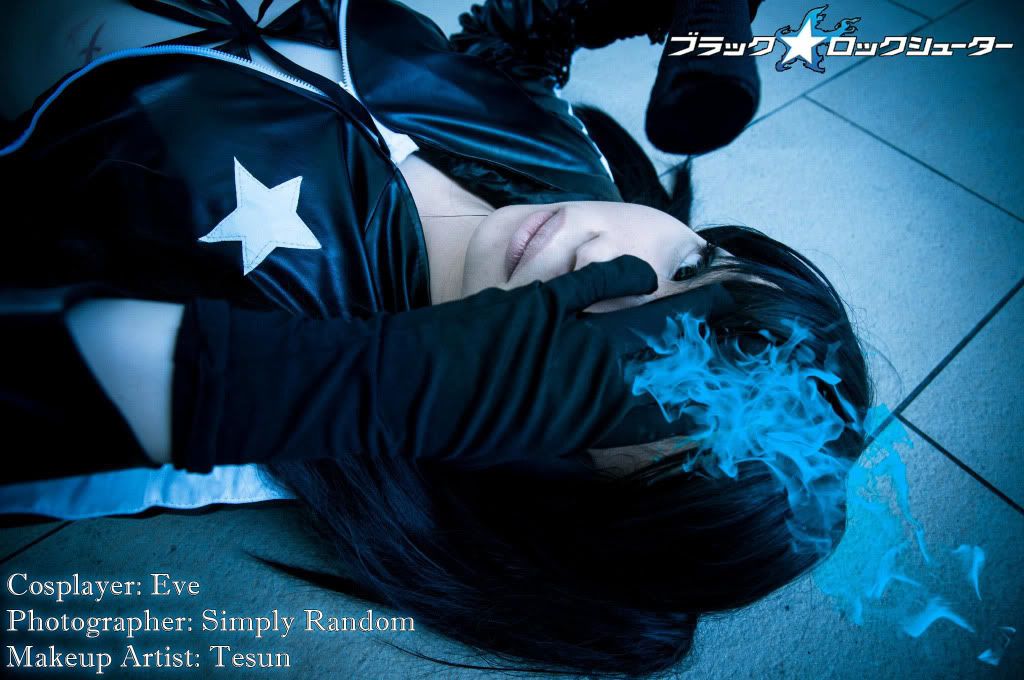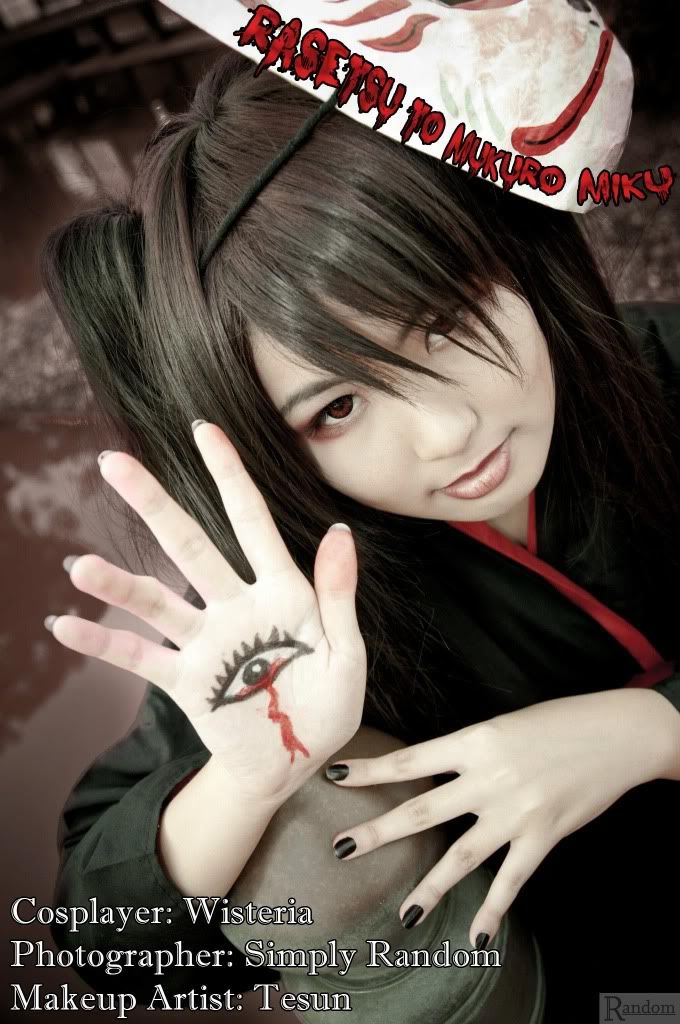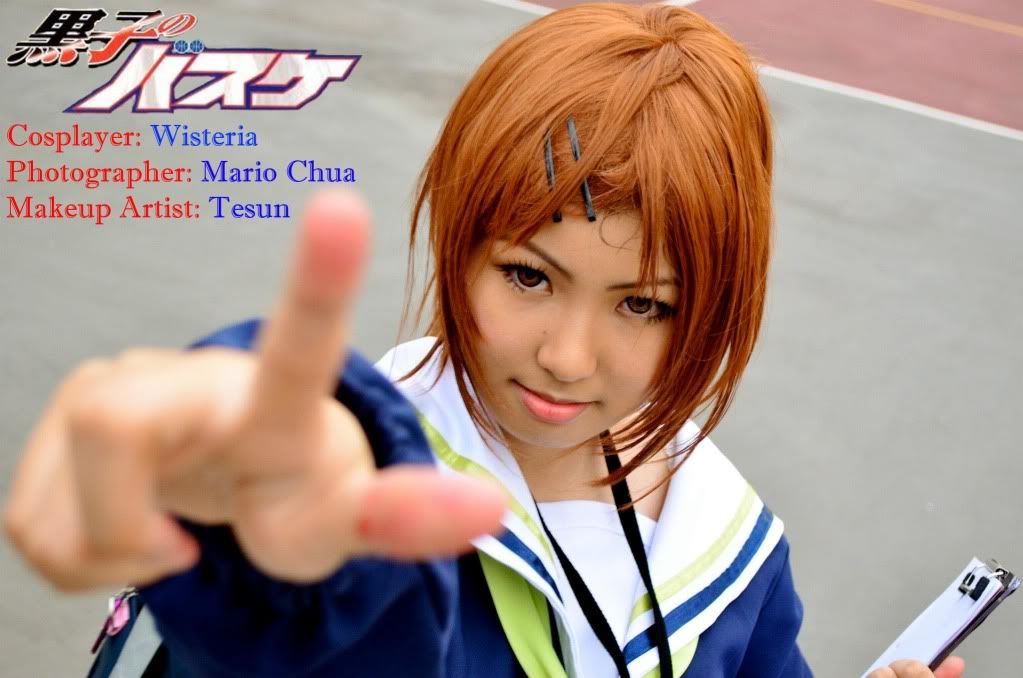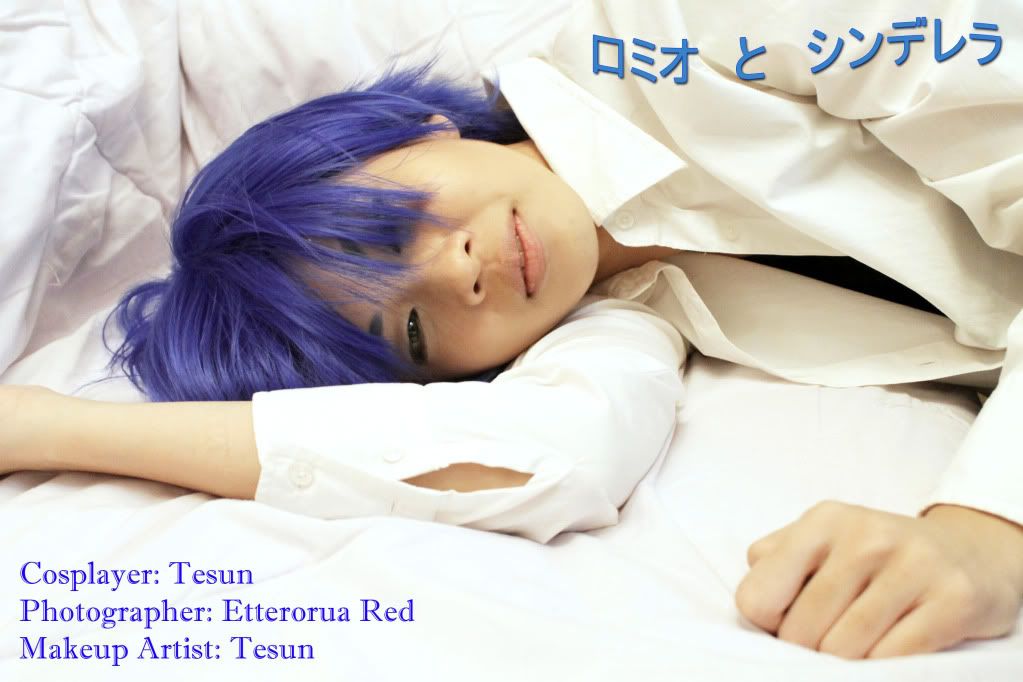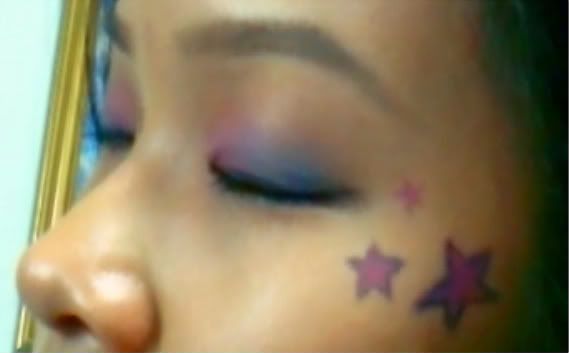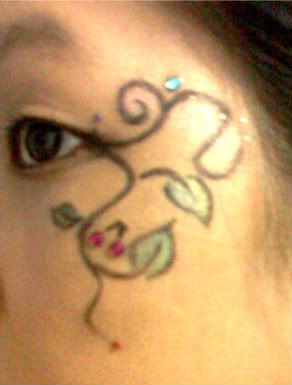Ok, so... I took a leaf out of Wayne's book.
I really admire him and as I said before, I trust MALE 'gurus' more than female ones on Youtube.
Wayne is really THE BEST. When I first came across his videos, I thought, "OMG. FINALLY SOMEONE WHO AGREES WITH ME ON NOT USING A STUPIDLY PALE CONCEALER FOR YOUR UNDEREYES!"
Then I discovered neat tips and tricks by watching more videos.
So... yeah, people check him out on Youtube! His channel is called gossmakeupartist.
Well... not everything is from Wayne, but he's an inspiration for this piece, undoubtly.
For each tip, I'll be stating how it performs or how likely it is to work for you.
Remember, every person is unique. What works for me, may not work for you, vice versa.
Also you CAN COMBINE many many tips to get a much better outcome.
So please take everything with a teeny pinch of salt!
So... let's get kicking!!
#1 - Primer
This was covered in much detail under #02 - Prepping your skin.
To avoid this post being too long, please head straight there for more detail.
A primer is good for people with combination to oily skin, as it can absorb oils.
If your makeup is 'sweated off' in the heat, then... this may not be the best solution.
A primer also provides a good base for makeup to adhere to.
It is able to smoothen the skin, to some extent, help colors look more vibrant, as well as help your makeup stick to your face.
I do use a face primer for myself and clients on event days.
I'm currently using the NYX Studio Perfect Photo-Loving Primer.
#2 - Choose Long Wearing Products
Ok, so this isn't exactly a tip.
Everyone will definitely want their products to be long wearing... but how do you know if it is?!
Let me give a teeny bit of advice.
Foundations:
Look for foundations which advertise 16hrs of wearability.
Logic dictates that ones that state 24hrs would be even better, but take note that some 24hr formulations tend to set very quickly so you might not be able to blend it out in time.
(i.e.: the new formulation of the Revlon Colorstay Liquid Foundation is 24hrs compared to the old one which is 16hrs)
Lipstick:
Before I start on this... let me say that... lipsticks will NEVER stay on more than ~3hrs.
You do have to reapply it, especially after eating.
However, you may choose to find a Lip Stain OR a Lip Paint.
Lip Stains will leave a sheer tint to your lips which lasts fairly long.
Lip Paints on the other hand, are highly concentrated with pigment and a very little is sufficient ans as they are extremely viscous in nature, do stay on much longer than lipsticks.
I'm currently using the SLEEK Pout Paints, which are an alternative to the Obsessive Compulsive Cosmetics Lip Tars.
Mascara:
There are many many types of formulation (drier or wetter formulation) as well as many many types of mascara wands.
I can't tell you in words which are better...
BUT, for a mascara in terms of staying power, look for WATERPROOF mascaras.
ok, duh... but that's not all.
Unfortunately, you have to test out the mascara for a couple of times to determine how 'flaky' it is.
If you feel that your lashes become dry and brittle or you find lil black bits falling off over the day... it is NOT your ideal mascara.
This differs for everyone because everyone's method of applying mascara is different.
Eyeliner:
Ok, generally... this is the rule about how long eyeliners wear
Gel >= Liquid > Pencil
Gel eyeliners work for 90% of people. The other 10% are like me and have superpowers that melt eyeliner like crazy.
Liquid eyeliners... well... some aren't waterproof and then some are just crappy.
Pencil eyeliners will not last more than 1hr. You'd end up with a very smudgy line or a non-existent one after 1hr.
#3 - Makeup Setting Spray / Finishing Spray
Ok... this is one EXPENSIVE PRODUCT but it WORKS.
A good one will not only 'set' your powder makeup, but also make it look more natural.
Note that this product is to be used over POWDER products on your face.
If you spray if directly on your face covered with liquid foundation, don't expect it to last much longer.
I'm currently using Skindinavia Cool Flash Makeup Finish.
This particular product is designed so that your face, after spraying, will feel less hot and produce less perspiration.
Unfortunately, I had to spree this item over and it cost me a small bomb...
Similar products available in Singapore are sold under Urban Decay, but... here's the catch. Skindinavia makes them.
#4 - Hairspray
This... isn't highly recommended... for reasons below...
BUT if you are going to under some very hot spotlights, it is a trade secret in the industry.
Rather than the makeup setting spray or finishing sprays, makeup artists behind the scenes on runways, use cheaper hairspray instead.
It definitely holds the makeup on as well as, if not better than, setting sprays.
BUT!
Hairspray will clog up your pores, therefore... giving you more skin problemsAND sometimes leave a shiny finish to the skin.
To remove the shine, lightly pat a layer of powder (foundation, setting powder) over the DRIED hairspray on your face.
#5 - Layering Product
Many people underestimate layering.
They just slop on a thick layer of liquid foundation and call it a day.
Nope, that will DEFINITELY slide off within 2hrs.
Layering means to do thin coats of the product and let that dry before applying another coat.
#6 - Setting Liquids and Creams with Powders
Very basic technique.
After you applied your layers of foundation, lightly go over with a pressed powder or a powder foundation.
What people don't know... is that they can do the same for blush.
Apply a cream blush (i.e.: the new Jelly blush by Maybelline) or a lil bit of lipstick in a suitable color to act as a base and blend it out.
Then top it off with your powder blush for more vibrant and longer lasting color.
Same with Eyeshadows!!Use a cream eyeshadow or a gel eyeliner in the correct color as a base and then apply your eyeshadow!!!
The same is recommended for gel eyeliners... but honestly, it didn't do any good for me...
I got raccoon eyes within 10minutes. I guess my black eyeshadow was too black!! haha
#7 - Eyebrow gel
If your eyebrow color doesn't last long enough, apply a thin coat of eyebrow gel or clear mascara over it.
TheFaceShop carries a clear mascara which is fairly generous in size.
#8 - Blot
If your face gets oily, you can blot with the oil absorbent facial papers.
If you perspire a lot, blot gently with a tissue. Please take a look in the mirror to make sure that there isn't any bits of tissue stuck on your face!!
Alright mateys, I'm turning in soon and my brain is mush.
I can't dreg anymore tips from my brain at the moment, so... well... I'll update this note if I DO think of sommat.
Tesun
I really admire him and as I said before, I trust MALE 'gurus' more than female ones on Youtube.
Wayne is really THE BEST. When I first came across his videos, I thought, "OMG. FINALLY SOMEONE WHO AGREES WITH ME ON NOT USING A STUPIDLY PALE CONCEALER FOR YOUR UNDEREYES!"
Then I discovered neat tips and tricks by watching more videos.
So... yeah, people check him out on Youtube! His channel is called gossmakeupartist.
Well... not everything is from Wayne, but he's an inspiration for this piece, undoubtly.
For each tip, I'll be stating how it performs or how likely it is to work for you.
Remember, every person is unique. What works for me, may not work for you, vice versa.
Also you CAN COMBINE many many tips to get a much better outcome.
So please take everything with a teeny pinch of salt!
So... let's get kicking!!
#1 - Primer
This was covered in much detail under #02 - Prepping your skin.
To avoid this post being too long, please head straight there for more detail.
A primer is good for people with combination to oily skin, as it can absorb oils.
If your makeup is 'sweated off' in the heat, then... this may not be the best solution.
A primer also provides a good base for makeup to adhere to.
It is able to smoothen the skin, to some extent, help colors look more vibrant, as well as help your makeup stick to your face.
I do use a face primer for myself and clients on event days.
I'm currently using the NYX Studio Perfect Photo-Loving Primer.
#2 - Choose Long Wearing Products
Ok, so this isn't exactly a tip.
Everyone will definitely want their products to be long wearing... but how do you know if it is?!
Let me give a teeny bit of advice.
Foundations:
Look for foundations which advertise 16hrs of wearability.
Logic dictates that ones that state 24hrs would be even better, but take note that some 24hr formulations tend to set very quickly so you might not be able to blend it out in time.
(i.e.: the new formulation of the Revlon Colorstay Liquid Foundation is 24hrs compared to the old one which is 16hrs)
Lipstick:
Before I start on this... let me say that... lipsticks will NEVER stay on more than ~3hrs.
You do have to reapply it, especially after eating.
However, you may choose to find a Lip Stain OR a Lip Paint.
Lip Stains will leave a sheer tint to your lips which lasts fairly long.
Lip Paints on the other hand, are highly concentrated with pigment and a very little is sufficient ans as they are extremely viscous in nature, do stay on much longer than lipsticks.
I'm currently using the SLEEK Pout Paints, which are an alternative to the Obsessive Compulsive Cosmetics Lip Tars.
Mascara:
There are many many types of formulation (drier or wetter formulation) as well as many many types of mascara wands.
I can't tell you in words which are better...
BUT, for a mascara in terms of staying power, look for WATERPROOF mascaras.
ok, duh... but that's not all.
Unfortunately, you have to test out the mascara for a couple of times to determine how 'flaky' it is.
If you feel that your lashes become dry and brittle or you find lil black bits falling off over the day... it is NOT your ideal mascara.
This differs for everyone because everyone's method of applying mascara is different.
Eyeliner:
Ok, generally... this is the rule about how long eyeliners wear
Gel >= Liquid > Pencil
Gel eyeliners work for 90% of people. The other 10% are like me and have superpowers that melt eyeliner like crazy.
Liquid eyeliners... well... some aren't waterproof and then some are just crappy.
Pencil eyeliners will not last more than 1hr. You'd end up with a very smudgy line or a non-existent one after 1hr.
#3 - Makeup Setting Spray / Finishing Spray
Ok... this is one EXPENSIVE PRODUCT but it WORKS.
A good one will not only 'set' your powder makeup, but also make it look more natural.
Note that this product is to be used over POWDER products on your face.
If you spray if directly on your face covered with liquid foundation, don't expect it to last much longer.
I'm currently using Skindinavia Cool Flash Makeup Finish.
This particular product is designed so that your face, after spraying, will feel less hot and produce less perspiration.
Unfortunately, I had to spree this item over and it cost me a small bomb...
Similar products available in Singapore are sold under Urban Decay, but... here's the catch. Skindinavia makes them.
#4 - Hairspray
This... isn't highly recommended... for reasons below...
BUT if you are going to under some very hot spotlights, it is a trade secret in the industry.
Rather than the makeup setting spray or finishing sprays, makeup artists behind the scenes on runways, use cheaper hairspray instead.
It definitely holds the makeup on as well as, if not better than, setting sprays.
BUT!
Hairspray will clog up your pores, therefore... giving you more skin problemsAND sometimes leave a shiny finish to the skin.
To remove the shine, lightly pat a layer of powder (foundation, setting powder) over the DRIED hairspray on your face.
#5 - Layering Product
Many people underestimate layering.
They just slop on a thick layer of liquid foundation and call it a day.
Nope, that will DEFINITELY slide off within 2hrs.
Layering means to do thin coats of the product and let that dry before applying another coat.
#6 - Setting Liquids and Creams with Powders
Very basic technique.
After you applied your layers of foundation, lightly go over with a pressed powder or a powder foundation.
What people don't know... is that they can do the same for blush.
Apply a cream blush (i.e.: the new Jelly blush by Maybelline) or a lil bit of lipstick in a suitable color to act as a base and blend it out.
Then top it off with your powder blush for more vibrant and longer lasting color.
Same with Eyeshadows!!Use a cream eyeshadow or a gel eyeliner in the correct color as a base and then apply your eyeshadow!!!
The same is recommended for gel eyeliners... but honestly, it didn't do any good for me...
I got raccoon eyes within 10minutes. I guess my black eyeshadow was too black!! haha
#7 - Eyebrow gel
If your eyebrow color doesn't last long enough, apply a thin coat of eyebrow gel or clear mascara over it.
TheFaceShop carries a clear mascara which is fairly generous in size.
#8 - Blot
If your face gets oily, you can blot with the oil absorbent facial papers.
If you perspire a lot, blot gently with a tissue. Please take a look in the mirror to make sure that there isn't any bits of tissue stuck on your face!!
Alright mateys, I'm turning in soon and my brain is mush.
I can't dreg anymore tips from my brain at the moment, so... well... I'll update this note if I DO think of sommat.
Tesun






